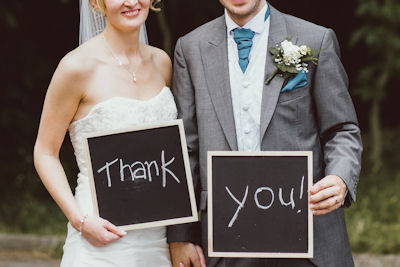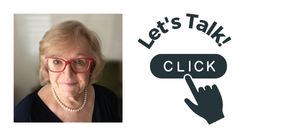Has Marriage Equality Changed Weddings?
My Predictions Revisited
This
by Jennifer
Cram Brisbane Marriage Celebrant ©
(25/01/2019)
Categories: | Wedding Ceremony | Wedding Planning | Inclusive Wedding |
Categories: | Wedding Ceremony | Wedding Planning | Inclusive Wedding |
 A year ago,
two months after the overwhelming YES vote was
announced, just over a month after Marriage Equality
was signed into law, and a week after I had
solemnised the marriage of two lovely couples on the
first day they could marry without special
dispensation, I wrote a post describing how I
believed that Marriage Equality would change
weddings How
Marriage Equality will change Weddings.
A year ago,
two months after the overwhelming YES vote was
announced, just over a month after Marriage Equality
was signed into law, and a week after I had
solemnised the marriage of two lovely couples on the
first day they could marry without special
dispensation, I wrote a post describing how I
believed that Marriage Equality would change
weddings How
Marriage Equality will change Weddings. My overarching prediction was that it wouldn’t be a case of the wedding industry merely accommodating same sex couples, but rather that same sex couples will influence, by example, all civil weddings in Australia and that every wedding, gay or straight, would be the better for it.
Why did I predict that? Because, driven by workarounds in response to inequality, discrimination, and normative gender stereotypes, I had worked for years hand-in-hand with same-sex couples in creating new rituals and traditions for their non-legal ceremonies, and have seen these, and those created by same-sex couples across the globe, start to creep into legal heterosexual weddings.
I predicted that this would continue and the pace of change will increase as more and more heterosexual couples, previously constrained by a wedding playbook that includes outmoded traditions and embedded roles defined by gender, experience the individual and meaningful expressions of an equal relationship in the weddings of same-sex couples.
And I made a range of very specific predictions, many, I confess, in line with the way I’ve urged couples to understand the origin (and original purpose) of many of the traditional ways of structuring a wedding ceremony, how little is required, ceremony-wise, to meet the mandatory requirements of the Marriage Act, and above all, to think outside the box.
So, how accurate was I?
From the way it has become progressively so much easier for me to make the above points to my heterosexual couples, the wants, wishes, and ideas they come to me with, and what I’m observing in the wider context of the wedding industry, by and large I was pretty spot-on.
We are seeing more variety in how couples choose to make their entrance, formal giving away of the bride (Who gives this woman?) is becoming rarer as couples opt for formal statements of support for the marriage by both sets of parents; what the marrying couple wears is becoming more varied, gender-mixed wedding parties are more common; more couples are opting to see one another before the ceremony; more brides are sharing what they are wearing with their grooms before the ceremony, some even going shopping for the wedding dress together.
One thing I predicted is not happening as quickly as I thought it would, largely because the wedding press, and those who advise couples, haven’t changed their examples and advice. Vows. I predicted that personal vows would be the norm. But what I’m seeing is more heterosexual couples choosing only to say the legal vows, perhaps in response to a push from within the industry to shorter ceremonies. On the other hand, mutuality and equality is gradually making inroads where couples choose to make personal promises.
I did not predict that heterosexual couples would ask me to include a statement about how pleased they are that we have Marriage Equality. Before the change I had always encouraged marrying couples to include a statement of their own belief that marriage should be available to all. When I first became a marriage celebrant, most couples had not thought that possible until I explained it was, and demonstrated the multiple ways in which it could be done. As time went on, this was something that more and more couples raised themselves.
And I underestimated how long it would take the wedding industry to change how it operates, despite individually and collectively jumping on the bandwagon of same sex weddings. The industry still has a highly gendered approach. The Bride is still seen as the primary client by most wedding services vendors. Female-oriented terminology is still prevalent. And the template for ceremonies many vendors still work to remains heteronormative and intensely patriarchal.
This might be down to something as simple as belated realisation by the industry that the same-sex wedding bonanza many (who hadn’t looked at the numbers) mistakenly expected, was not going to eventuate, prompting them to continue doing what they’ve always done with brides in mind. It might be a lack of understanding about how important terminology is. And, for a few, it is definitely an expression of resistance to Marriage Equality.
So the task and the challenge is going to one of education.
In the meantime “woke” marrying couples, regardless of gender, will continue to push the envelope and thereby keep up the pace of change.
Thanks for reading!
